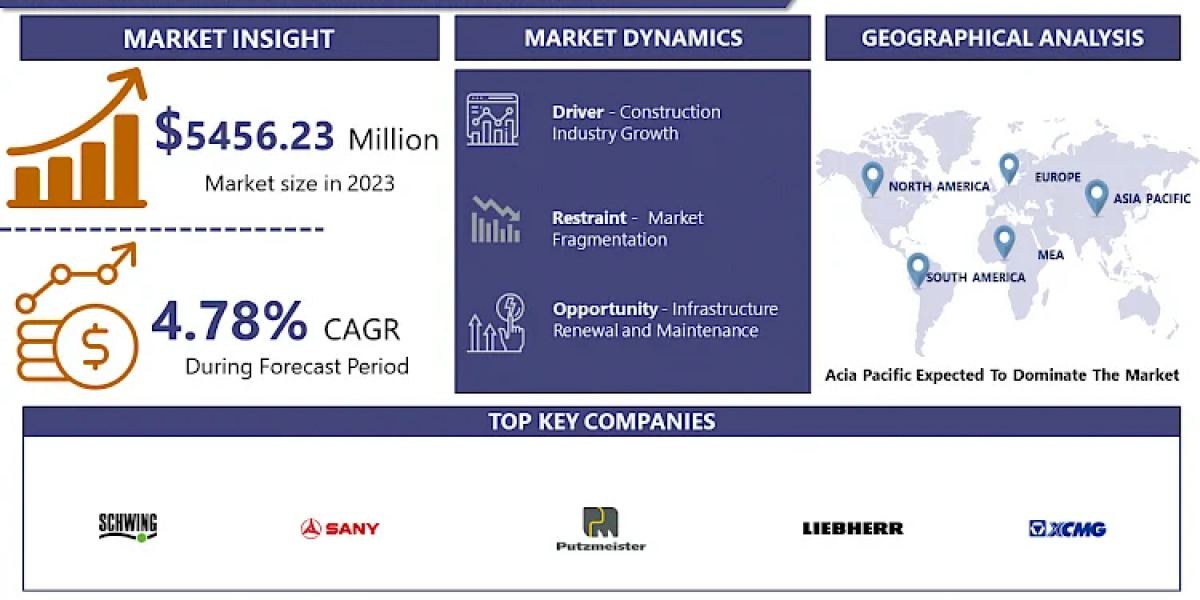In the digital age, online advertising has become an indispensable tool for businesses looking to reach their target audience effectively. Google, being the most widely used search engine globally, offers a powerful advertising platform known as Google Ads. However, navigating the landscape of Google advertising costs can be complex and requires a thorough understanding of the various factors that influence expenditures. In this article, we will delve into the key components that contribute to Google advertising cost and provide insights on how businesses can optimize their advertising budget.
Google Ads Auction System:
The foundation of Google advertising costs lies in its auction system, where advertisers bid for ad placements on the search engine results page (SERP). The Google Ads auction system is based on the bid amount and Ad Rank, a metric determined by the bid, ad quality, and expected click-through rate. Advertisers with higher Ad Ranks are more likely to secure top positions on the SERP, but they pay a price for each click, known as the Cost Per Click (CPC).
Cost Per Click (CPC):
CPC is a crucial metric that directly influences Google advertising costs. Advertisers are charged every time a user clicks on their ad. The CPC varies based on industry, competition, and the keywords targeted. Highly competitive industries generally have higher CPCs, and popular keywords often come with a hefty price tag. Advertisers need to carefully manage their bidding strategy to balance visibility with budget constraints.
Quality Score:
Google assesses the relevance and quality of ads through the Quality Score. This metric considers factors such as ad relevance, expected click-through rate, and landing page experience. Advertisers with higher Quality Scores often enjoy lower CPCs and better ad placements. Focusing on creating compelling, relevant ads and optimizing landing pages can contribute to a higher Quality Score, ultimately reducing advertising costs.
Ad Formats and Placements:
Google Ads offers various ad formats and placements, each with its cost implications. Text ads, display ads, video ads, and shopping ads may have different costs associated with them. Advertisers should strategically choose ad formats that align with their goals and target audience to maximize the return on investment.
Geographic Targeting:
The geographical location of the target audience plays a significant role in determining Google advertising costs. Advertisers can set preferences for specific locations, and the competition in those regions influences CPC. Targeting highly competitive locations may result in increased advertising costs, so businesses should assess the cost-effectiveness of their chosen geographic targeting strategy.
Seasonality and Trends:
Fluctuations in demand due to seasonality or industry trends can impact Google advertising costs. Advertisers should be aware of peak seasons and plan their advertising budgets accordingly. Adjusting bids based on seasonal trends can help businesses optimize their ad spend and maximize the impact of their campaigns.
Conclusion:
Effectively managing Google advertising costs requires a strategic approach that considers various factors, from bidding strategies to ad quality and geographic targeting. By understanding the dynamics of the Google Ads platform and continuously optimizing campaigns, businesses can achieve a balance between visibility and cost-effectiveness, ensuring a positive return on investment from their online advertising efforts.









